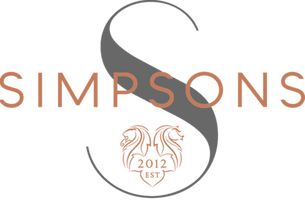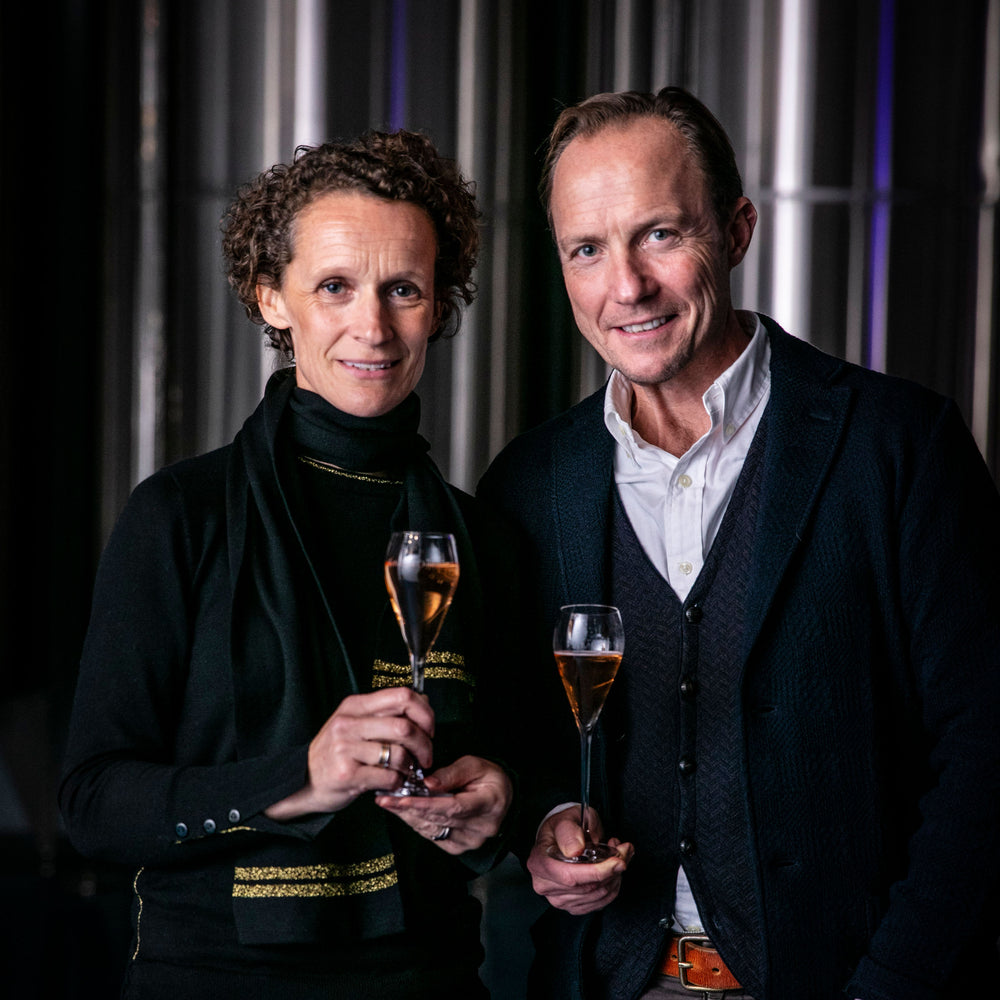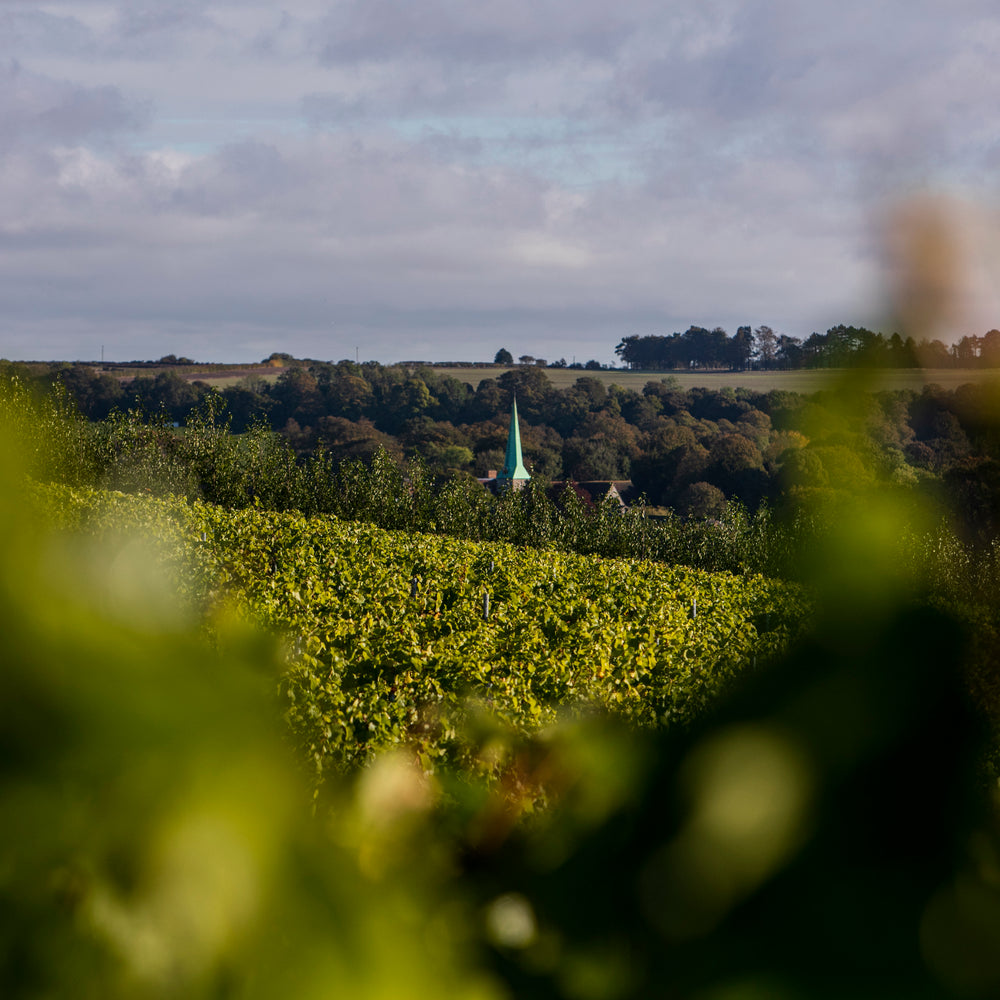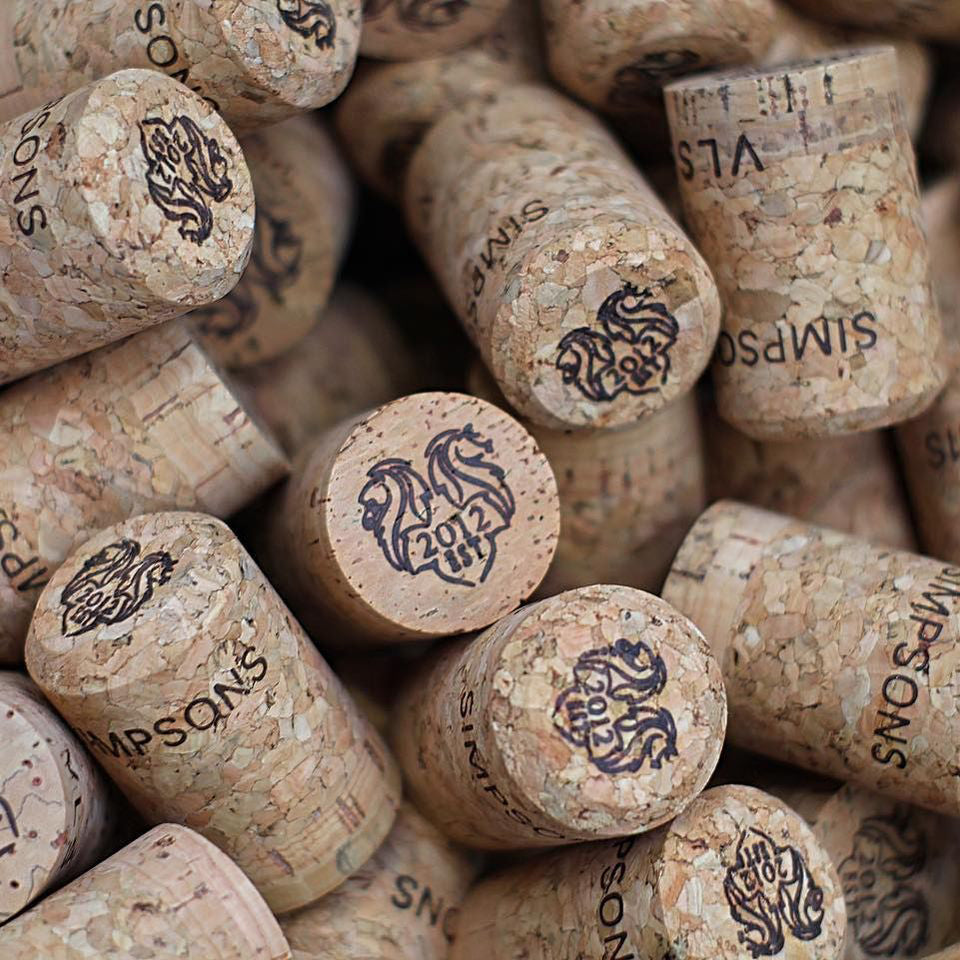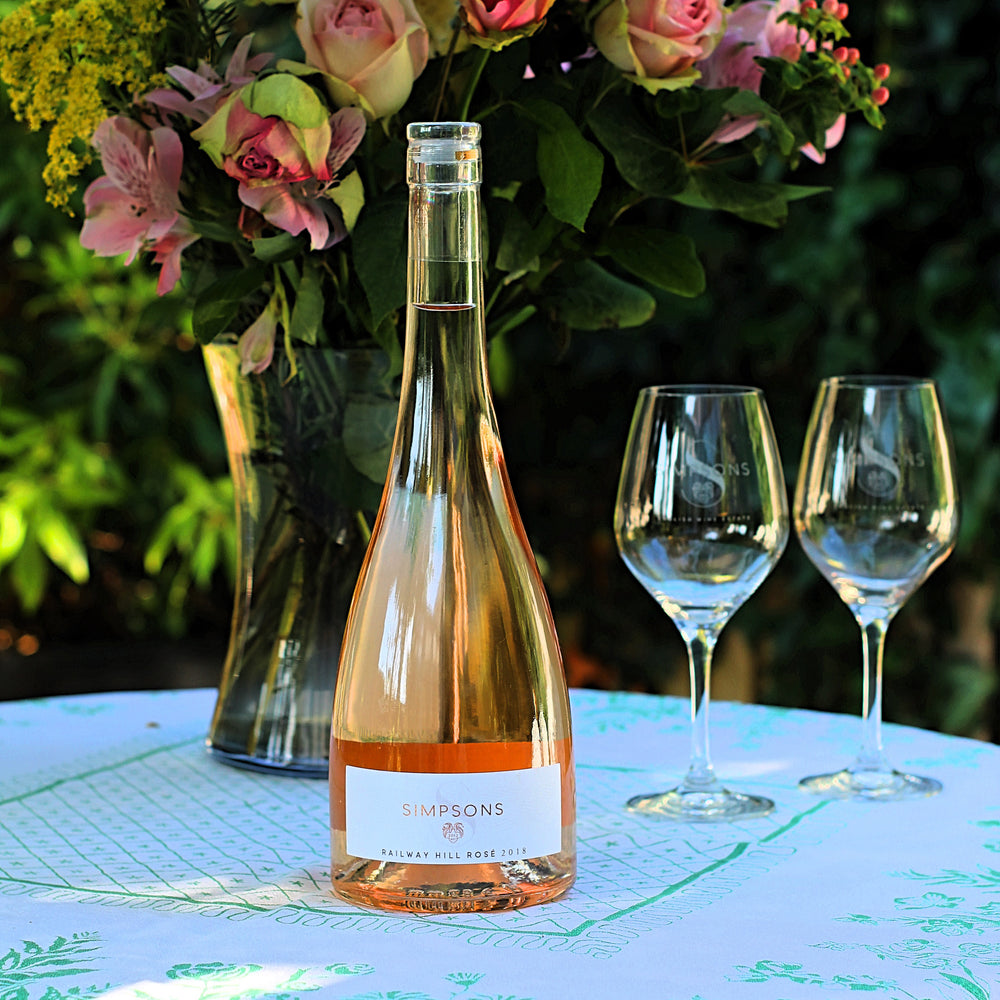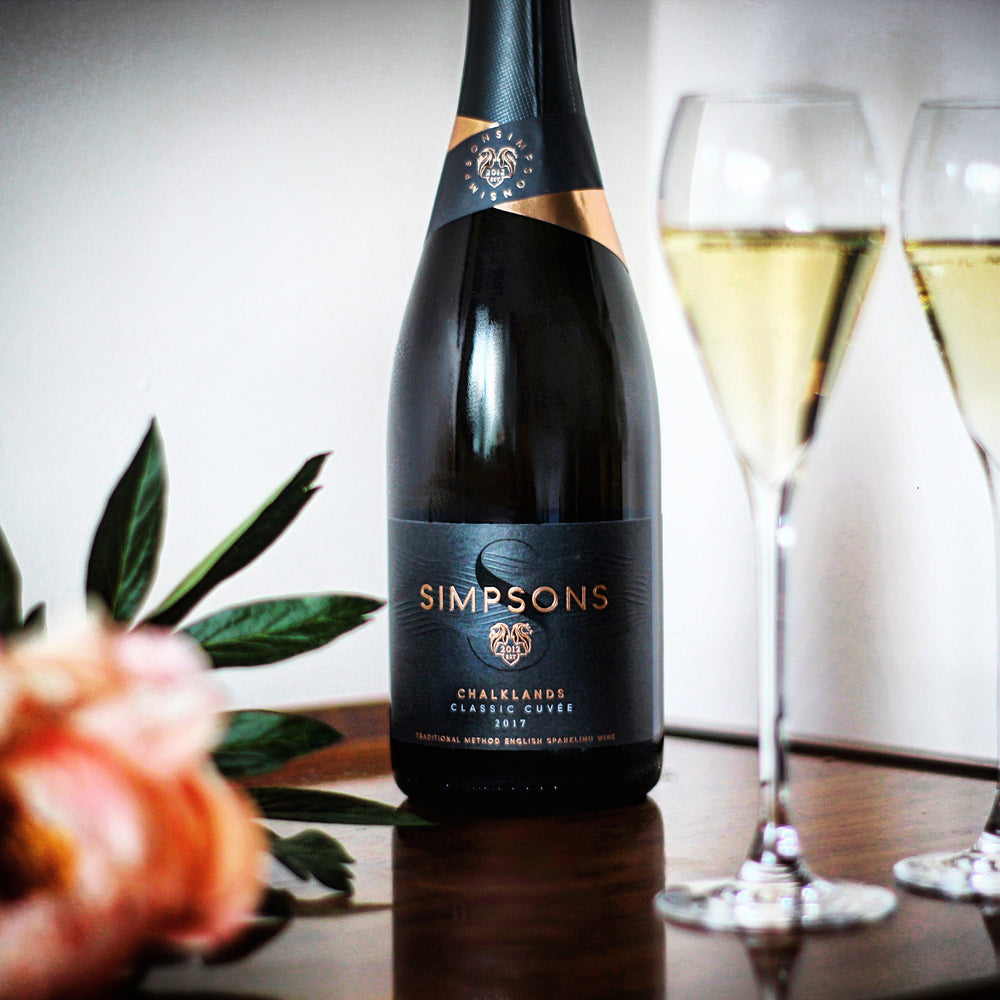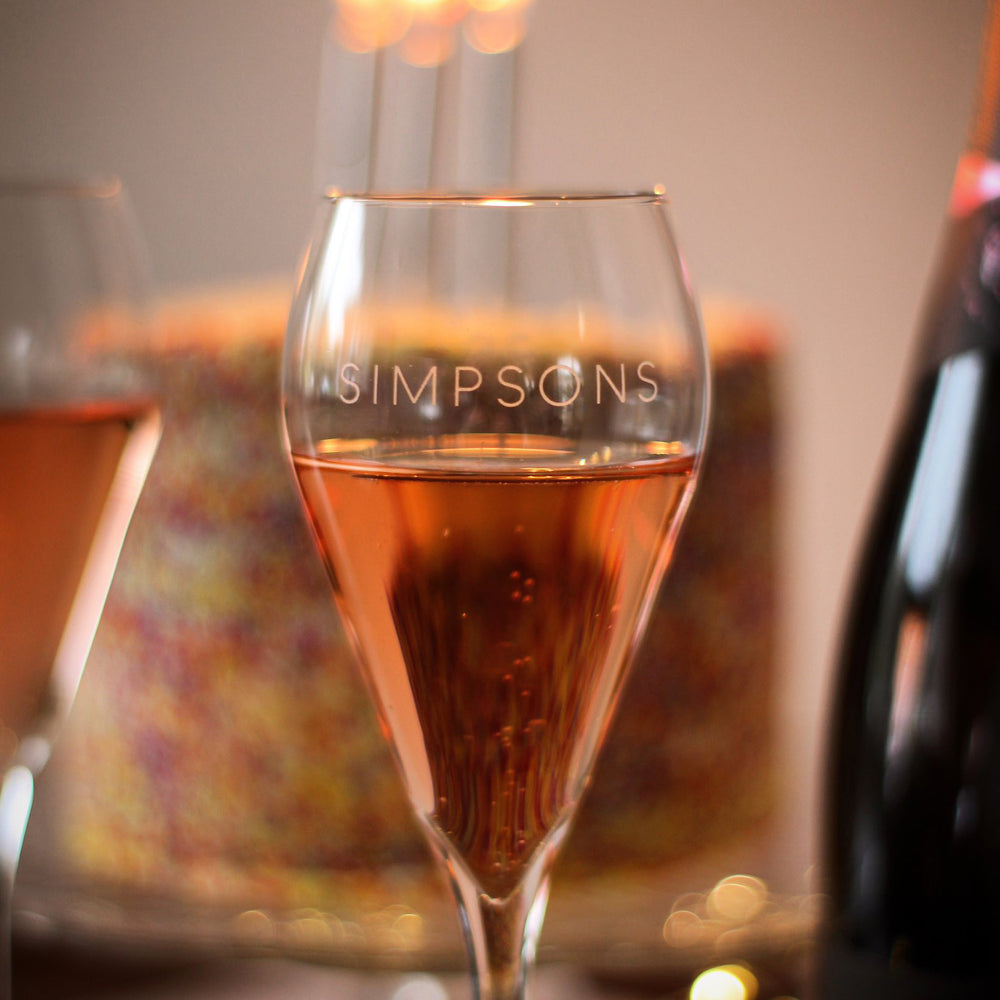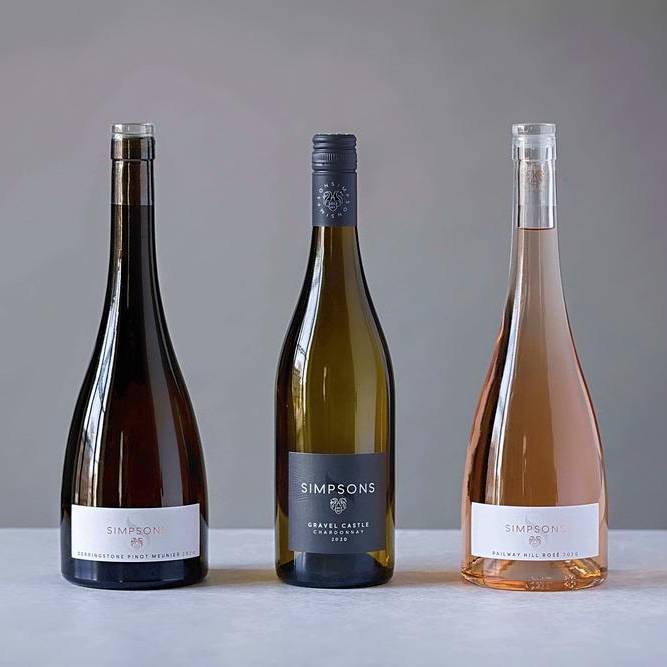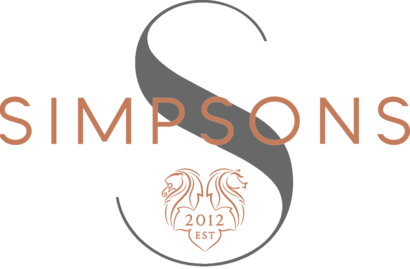Over the past few weeks we have been busy preparing our sparkling base wines for bottling. For the past 3 days we have had a bottling line onsite and can confirm that all our 2016 wines are now in bottle and starting to undergo the fermentation to create the ‘bubbles’!
The first step was to finalise the blends for the different cuvées. From the 2016 harvest we are producing a Blanc de Noir (a white wine made from the red grape variety Pinot Noir), a Classic Blend (made from Chardonnay and Pinot Noir) and a Rosé (100% Pinot Noir). We are also releasing a very small quantity of a still wine made from 100% Chardonnay, (more on its release & availability soon!).
The next step was to cold stabilise the wines, which is a method used to keep tartaric acid crystals from forming after the wine has been bottled. Having been chilled to -2 degrees C for this process, the wine was then very gently warmed to around 17 degrees C, which is the optimum temperature for fermentation to occur. In the meantime a yeast culture was developed that would be used to inoculate the wine and kick start fermentation. Prior to bottling a mixture of the yeast plus some sugar was created with a small amount of wine and then ‘mixed’ into the tank about to be bottled.
As in France, we invite a mobile bottling line to come to our winery to bottle our wines. In England, there is only one such line in circulation at the moment and this line is able to bottle still wine and sparkling base wines. The different ‘heads’ of the machine allow different closures to be used as our still wine is bottled with a screw cap and our sparkling base wines are sealed with a crown cap.
The sparkling base wines have gone into heavy duty glass bottles that are designed to withstand the 6 bars of pressure that the sugar and yeast will create during fermentation. This is essentially the Method Traditional process that causes the production of the bubbles in English sparkling wine and Champagne! The bottle is then sealed with a crown cap and stacked into metal cages to ferment and subsequently age until disgorgement. We’re pleased to say that we can already see evidence of fermentation taking place, which is extremely exciting!


